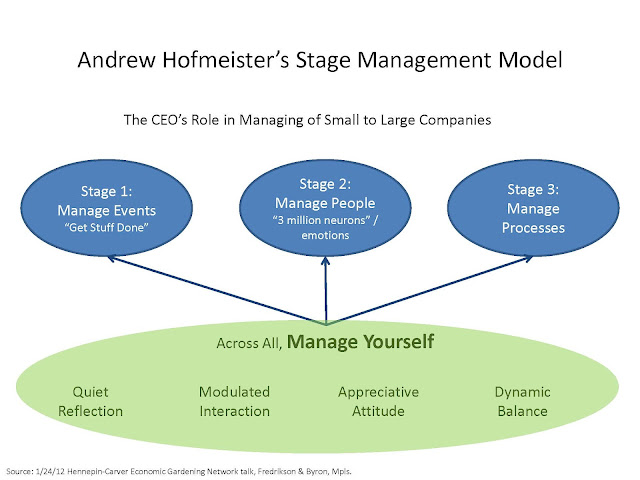For those of us who have been around awhile, the concept of Centers of Excellence (CoE) in Healthcare have existed since the mid-1960's. The definition of one is "a facility or organization that creates healthcare value above the average found in a specific location. In the late 1990s, the US Health Care Financing Administration (HCFA) began to examine and compare treatment outcomes among hospitals paid by Medicare. Following Medicare's model, other divisions of government as well as the private sector have developed their own systems for rating and/or developing these Healthcare Centers of Excellence as well. (http://pattyinglishms.hubpages.com/hub/United-States-Medical-Centers-of-Excellence).
Building on the CoE concept, Regina Herzlinger, the Nancy R. McPherson Professor of Business Administration Chair at Harvard Business School in Cambridge, MA and identified as #81 in future health 100's healthspottr list, began writing about "focused factories" in healthcare in the 1990's. In her writing, she described integrated teams of providers who would be organized around a disease. "I use the term 'factory' purposefully to be provocative. The people in the factories … figure out how to improve the production process.”
“Focused Factories” work because:
1.Volume & Focus creates higher quality & greater efficiency à practice makes perfect
2.Payers can compare costs & outcomes à competition leads to better results3.Examples: McDonalds, Steel Mini-Mills, MinuteClinic
And now, we have Atul Gawande, an absolutely brilliant surgeon and writer out of Brigham and Women's, who has attacked the subject of healthcare, quality, access, and cost with more freshness, wit, intelligence, and common sense than so many others who have worked in the field. In the August 13 & 20, 2012 New Yorker, Mr. Gawande wrote about "Big Med," with the tagline, "Restaurant chains have managed to combine quality control, cost control, and innovation. Can health care?" He tells a rich, delicious, funny story about visiting the Cheesecake Factory, both as a consumer with his 2 daughters and their friends, and then as a student getting into the details of "benchmarking" some of the restaurant's practices and processes. A few key highlights:
- The Cheesecake factory offers 348 dinner items and 124 beverage choices, with a new menu every 6 months (adding 13 new items) which can be rolled out in 7 weeks.
- The typical entree is <$15, waiters "efficient and friendly," the food is delicious, and the chain serves more than 80 million people a year. How does it do this profitably? Size is key - buying power, centralize common functions, diffuse innovations faster. Precise recipie objectives and processes and standardized cooking methodologies (think manufacturing line), tight oversight, "guest forecasting" to determine quantities, CONTROL on a mass scale to minimize waste and maximize quality.
- How does this compare to healthcare? HC is also trying to deliver a range of services to millions of people at a reasonable cost and with reasonable quality. New large chains are trying to accomplish the same thing.
- The obvious thing to do: study what the best people are doing, figure out how to standardize it, and then get everyone to follow suit. Two examples: Dr. Gawande chose Dr. John Wright for his mother's knee replacement because he has led a decade-long experiment in standardizing joint-replacement surgery. "Customization should be 5%, not 95%, of what we do." Anesthesia, PT, limited inventory of prostheses (one manufacturer for 75% of implants) --> all this led to better patient outcomes in terms of patient mobility, discharge time, and narcotic use. Needed a great team of 63 people to make it happen. Another example: Dr. Armin Ernst for "tele-ICU's" "command centers" that monitor care across hospital systems and prevent errors.
- "Our new models come from industries that have learned to increase the capabilities and efficiency of the human beings who work for them. Yet the same industries have also tended to devalue those employees.... Can we avoid this as we revolutionize healthcare?"
- Final comment: "The critical question is how soon that sort of quality and cost control will be available to patients everywhere across the country. We've let health-care systems provide us with the equivalent of greasy-spoon fare at four-star prices, and the results have been ruinous. The Cheesecake Factory model represents our best prospect for change. Some will see danger in this. Many will see hope. And that's probably the way it should be."
THANK YOU, Dr. Gawande - your brilliance inspires us all!












